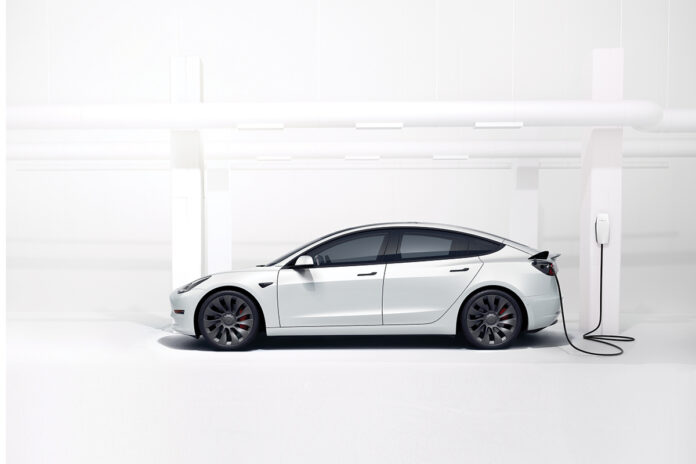The steady EV-olution of Electric Vehicles promises thrills aplenty for potential EV purchasers and enthusiasts alike
Words by Karan Karayi
The humble automobile, which has seen so much change and evolution over the course of the past century, has seen things accelerate in dizzying fashion over the past few years when it comes to Electric Vehicles (EVs).
A few years ago, a range of 250 kilometres would have been considered impressive. Today, it’s not nearly enough to spark interest.
Similar, 50 KW chargers would have been considered to be fantastically fast a few years ago. Today, it’s a laggard in the charging race.
And what of outright pace itself? 0-60 times of 7 seconds were considered to be pump-your-brakes quick. Today, one laughs as they blast by ICE vehicles in sub 5-second times.
Clearly, the technological evolution seen on an annual basis, be it in terms of battery chemistry, motor design, aerodynamics, features, and charging capabilities fast enough to leave the head spinning. Yesterday’s toast of the town is today flat and fizzy a few years later. What we do know is one thing though; with a slew of EVs on the horizon waiting to hit the road in 2024.
Tesla Model 3
The Model 3 shook up the playing field when it launched in 2017, and it remains a compelling choice for EV buyers thanks to its exciting driving dynamics and lengthy driving range. It still has some foibles though, such as its poor fit-and-finish and build quality, absence of physical buttons, and high service costs. But the Tesla remains the gold standard for most when it comes to EVs, largely in thanks to Tesla’s network of Superchargers.
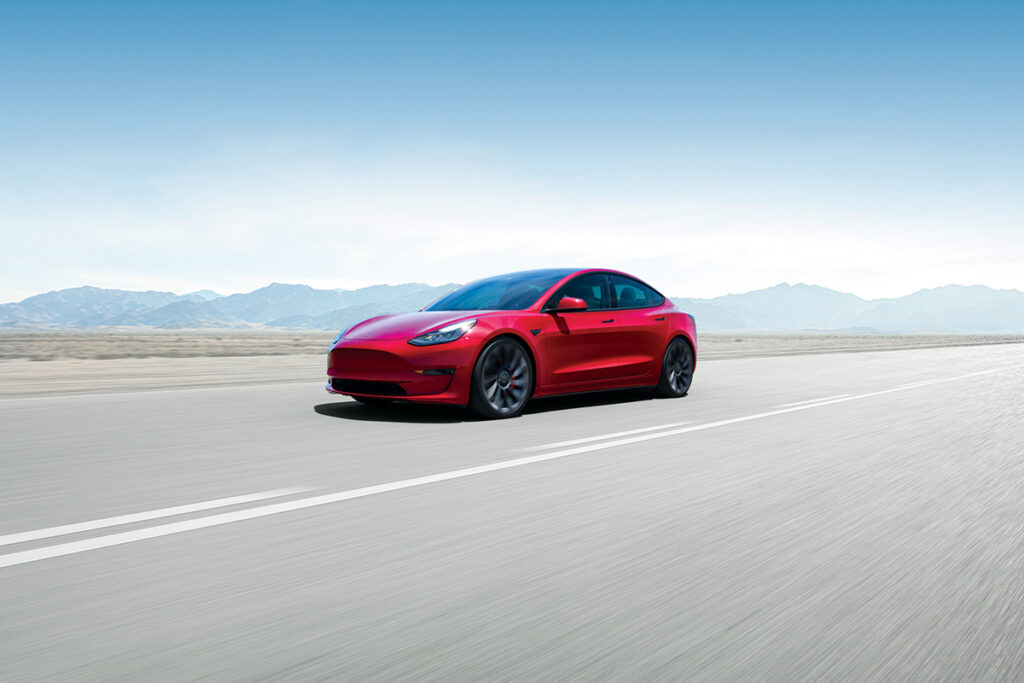
It’s not a sure thing to come to India though. Extensive talks are reportedly taking place between the PMO and Tesla execs, but there’s no smoke without fire, and we suspect aag dono taraf lagi hai. We’re not betting people, but the smart money says Tesla will enter the market soon enough if the government offers it an attractive tax regime.
Kia EV9
Not everyone looking to go electric needs an SUV or sedan. Families need to get around too, and the Kia EV9 is just the steed for them.
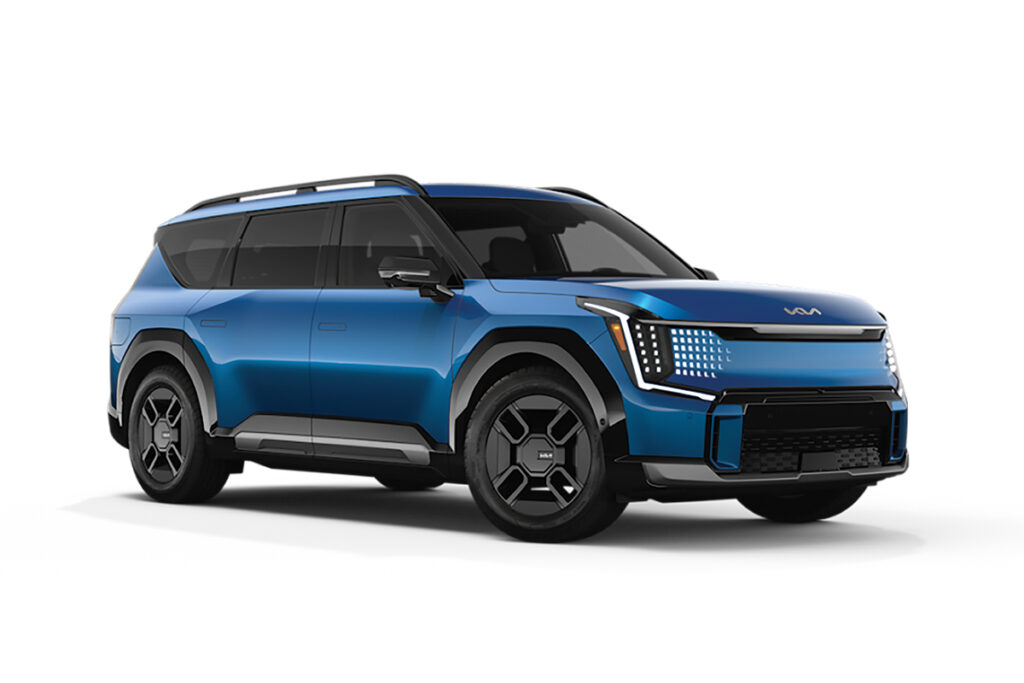
Hyundai and Kia have launched a stunning lineup of EVs in recent times, such as the Ioniq 5 and the EV6, and the EV9 builds on the EV6’s platform to deliver big for sizeable families and grounds. The EV9’s usable third row of seats should appeal to growing families, and its choice of powertrains should ensure something for everyone when it launches in India. Kia might opt to go for the long-range version when it launches in India, which offers a 99.8-kWh battery the EPA estimates will deliver 490 kilometres of range. Few can match the Koreans for EVs at this time, and the EV9 is ample example of why that is so.
Maruti Suzuki eVX
Maruti Suzuki showcased a range of sustainable offerings at Auto Expo 2023, but more than anything else, the eVX caught the eye.
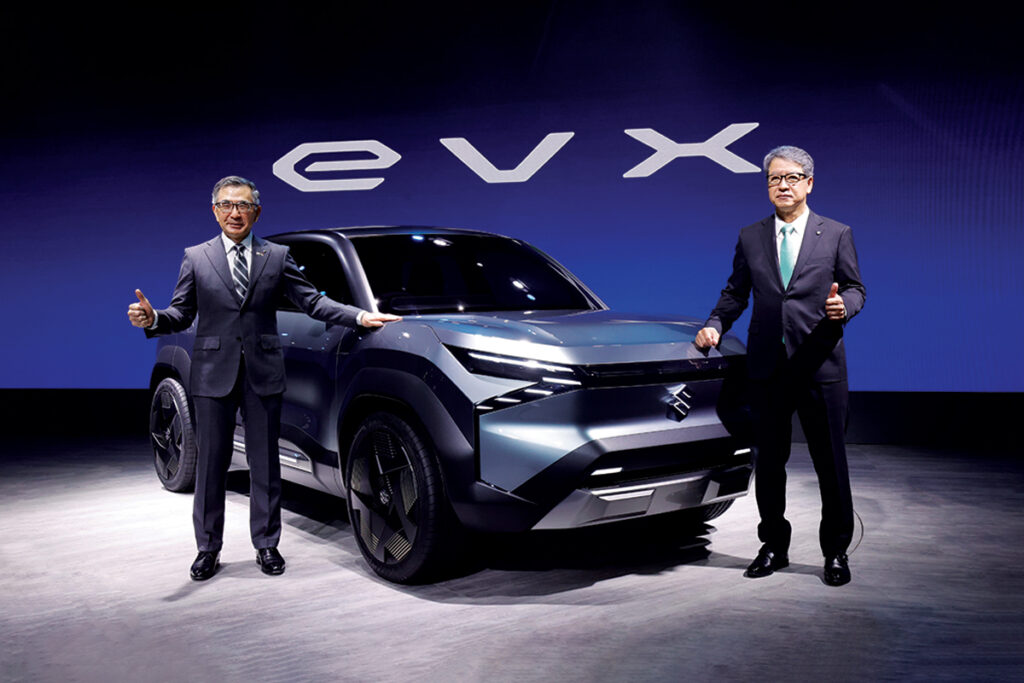
Designed and developed by Suzuki Motor Corporation, the Concept eVX – or the ‘Emotional Versatile Cruiser’ – is underpinned by a ground-up all-electric platform that will spawn a range of future EVs. MSIL says it will be powered by a 60kWh battery pack offering up to 550km of driving range, and offers a “futuristic design with a longer wheelbase and shorter overhang to convey design athleticism and robustness along with unmatched cabin roominess and comfort”, to quote the company.
The eVX is big news for the Indian automotive space, as Maruti Suzuki has been a familiar sight up and down the country. As Suzuki’s first global strategic Electric Vehicle, the eVX is a big statement from the auto major, and will surely shake up the market on arrival.
Skoda Enyaq
Sticking with family shenanigans, Skoda has been spotted testing the electric Enyaq SUV in India. Skoda’s first purpose-built electric car is a fairly big family SUV (about the same size as the Audi Q5) that offers plenty of space for the family and healthy range that should make most shoppers happy.
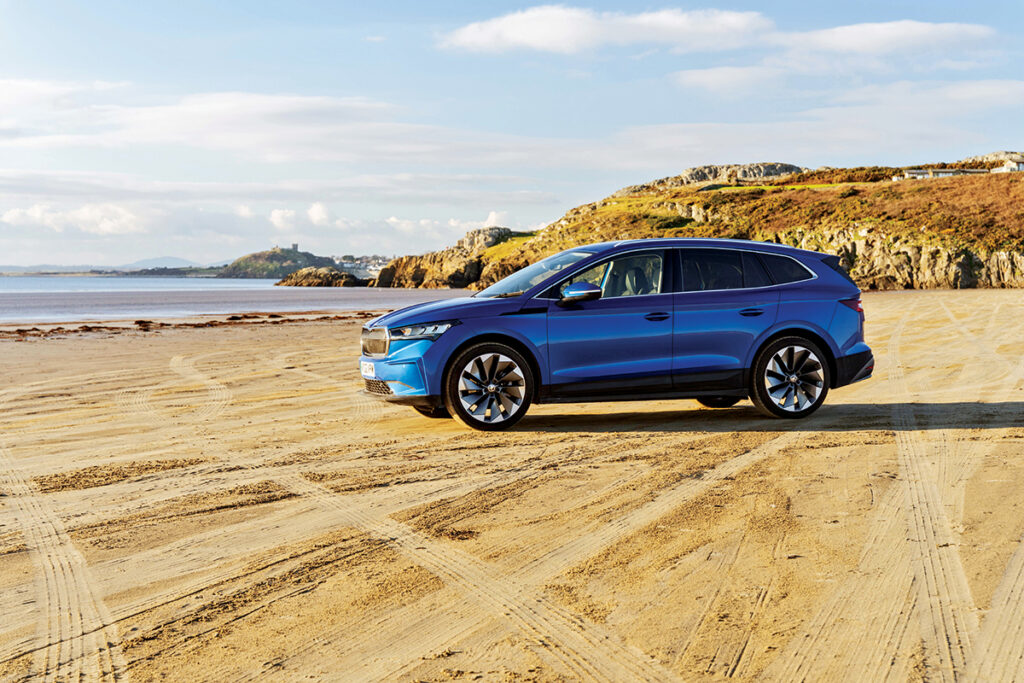
The SUV is expected to come with a 77 kWh battery pack paired with dual electric motors, producing a combined output of 265 BHP. All said, that powertrain will be good for a maximum range of 513 km (as per the WLTP cycle). Like all Skoda’s, it should have good quality interiors, a pleasant ride demeanour, and strong value-for-money quotient. Keep an eye on this one.
After the staid-looking Atto3, BYD (that’s Build Your Dreams for those of you not in the known) is trying to spice up its image with the evocatively named Seal. After all, who doesn’t want to name their flagship sedan after a chubby, water-loving sausage of the sea?
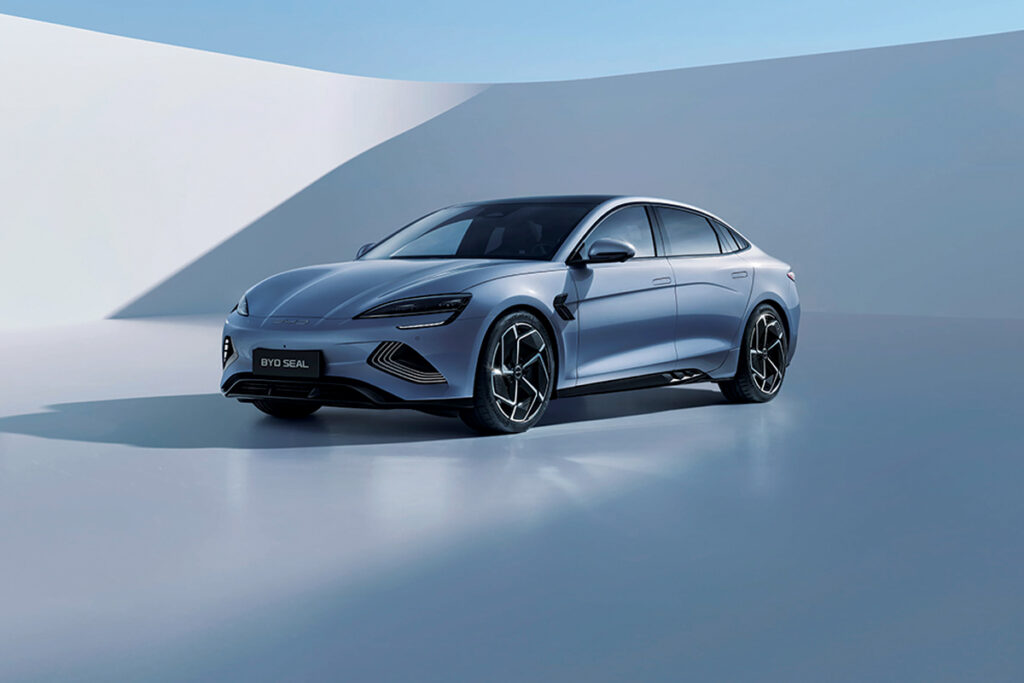
Blubbery bundles of blubber aside, the Seal looks smart from the get-go, and has the go to match the show too. The base rear-wheel drive spec boasts 308 BHP for a sub 6 second 0-60 time and 570 km WLTP range, while the all-singing, all-dancing version sheds the blubber to make a dash to 60 in 3.8 seconds, thanks to a headlining 523 BHP figure. Sure, it goes a little less far than its slower sibling, but does that really matter when you feel the need for speed? Here’s hoping it doesn’t have the driving dynamics of an overgrown seal.
If driving dynamics are more your thing, how about a little something from Lotus, that purveyor of low-volume, lightweight, high-performance sports cars? Except the Eletre is like no Lotus that ever preceded it. For starters, it’s an SUV. What’s more, it’s electric. But there’s enough poke to offset any portliness on offer; with a powertrain as potent as 896 BHP (and a base-spec offering of a piddly 597 BHP), the Eletre is no slouch, and promises an all-new direction for Lotus. All three variants of the Eletre feature a 112 kWh battery pack. The base and S trims offer a range of 600 km, while the R variant can cover 490 km on a single charge
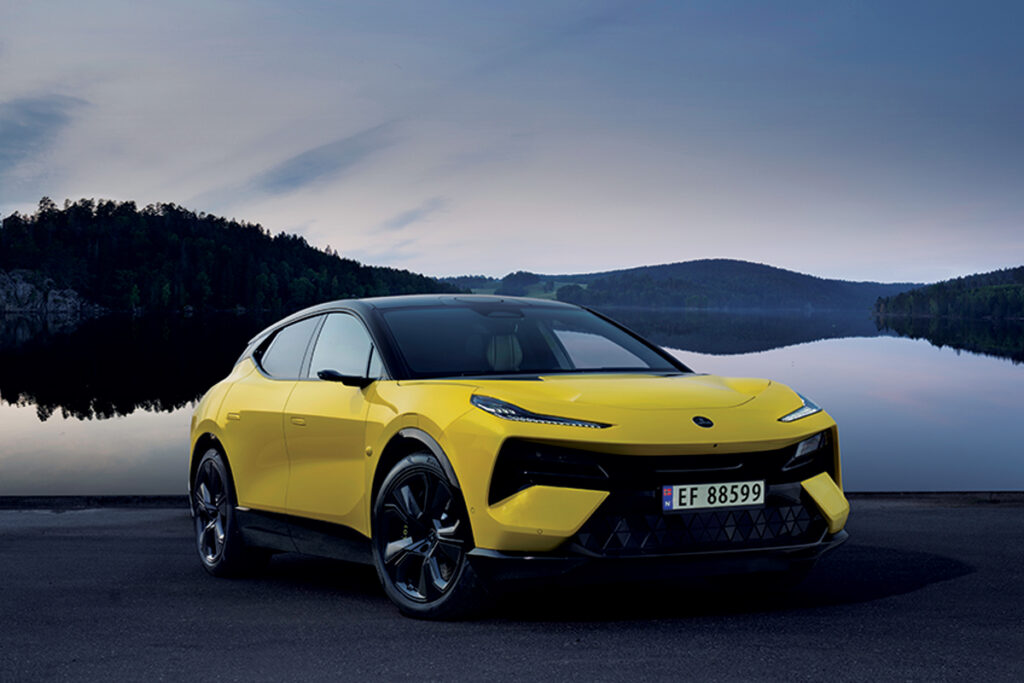
Available in a five and four-seat option, the Eletre boasts premium materials such as microfiber, stitched leather, wool-blend fabric, and knurled aluminium accents, much like a Bentley. It’s priced like a Bentley too, at a decidedly un-lightweight price of ₹2.55 crores. Fitting given the outsized nature of this Lotus.


